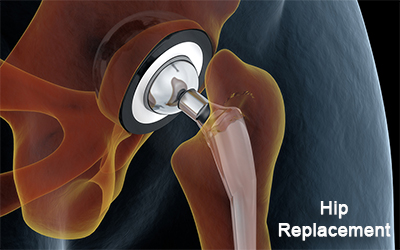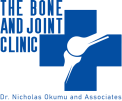Surgery & Injections
Neck and Back Surgery
Is surgery for neck or back pain necessary? Sometimes. It is reasonable to consider spine surgery if the pain has not diminished after months of non-surgical treatment, if pain does not respond to medication, or if you’re unable to complete basic daily activities. Some surgery options are minimally invasive (microdiscectomy for a herniated disc) and allow for quick recovery, while other types of surgery (a posterolateral fusion for degenerative disc disease) are more extensive.
Cervical Spine Surgery
Cervical spine surgery is generally performed on an elective basis to treat either:
- Nerve/spinal cord impingement (decompression surgery)
- Spinal instability (fusion surgery).
The two procedures are often combined, as a decompression may de-stabilize the spine and create the need for a fusion to add stability. Spinal instrumentation (such as a small plate) can also be used to help add stability to the spinal construct.
Sciatica Surgery
Typically, it is reasonable to consider surgery for sciatica in the following situations:
- Severe leg pain that has persisted for four to six weeks or more
- Pain that is not relieved after a concerted effort at non-surgical sciatica treatments, such as oral steroids, non-steroidal anti-inflammatory medication, manual manipulation, injections, and/or physical therapy
- Limitations on the patient’s ability to participate in everyday activities
Hip Replacement Surgery
When conservative treatments such as weight management, physical therapy, and medication fail, hip replacement surgery may be considered for patients suffering from hip osteoarthritis. In this procedure, the hip joint is replaced with a prosthetic implant.
Total hip replacement is a major surgery. Recovery often requires several months of physical therapy
It is recommendrd that patients limit or avoid high-impact activities, such as running or jumping, which might damage or dislocate a new hip. For these reasons, a concerted effort to exhaust all non-surgical treatments, such as medication and joint-strengthening physical therapy, is recommended before considering total hip replacement surgery.
Knee Surgery
The knee is a complicated hinge joint that is susceptible to degenerative changes from osteoarthritis, rheumatoid arthritis, and more. There are many types of knee surgery to repair damaged cartilage, replace all or part of the joint, and more.
Generally, any knee surgery to alleviate arthritis pain is considered elective surgery, meaning it is up to the patient to decide whether or not to have surgery. Typically, patients who have knee arthritis consider surgery when:
- Quality of life is significantly affected because of pain and functional limitations
- Non-surgical solutions to control pain, such as medication and physical therapy, have been tried for several months or longer
- without satisfactory improvement
- An X-ray or MRI confirms knee joint degeneration.



Lumbar Epidural Steroid Injections for Low Back Pain and Sciatica
Epidural steroid injections (ESIs) are a common treatment option for many forms of low back pain and leg pain. They have been used for low back problems since 1952 and are still an integral part of the non-surgical management of sciatica and low back pain. The goal of the injection is pain relief; at times the injection alone is sufficient to provide relief, but commonly an epidural steroid injection is used in combination with a comprehensive rehabilitation program to provide additional benefit.
Medial Branch Nerve Blocks
A medial branch nerve block is a procedure in which an anesthetic is injected near small medial nerves connected to a specific facet joint. Typically several levels of the spine are injected in one procedure.
If the patient experiences marked pain relief immediately after the injection, then the facet joint is determined to be the source of the patient’s pain.
The procedure is primarily diagnostic, meaning that if the patient has the appropriate duration of pain relief after the medial branch nerve block, then he or she may be a candidate for a subsequent procedure – called a medial branch radiofrequency neurotomy (or ablation) – for longer term pain relief.

